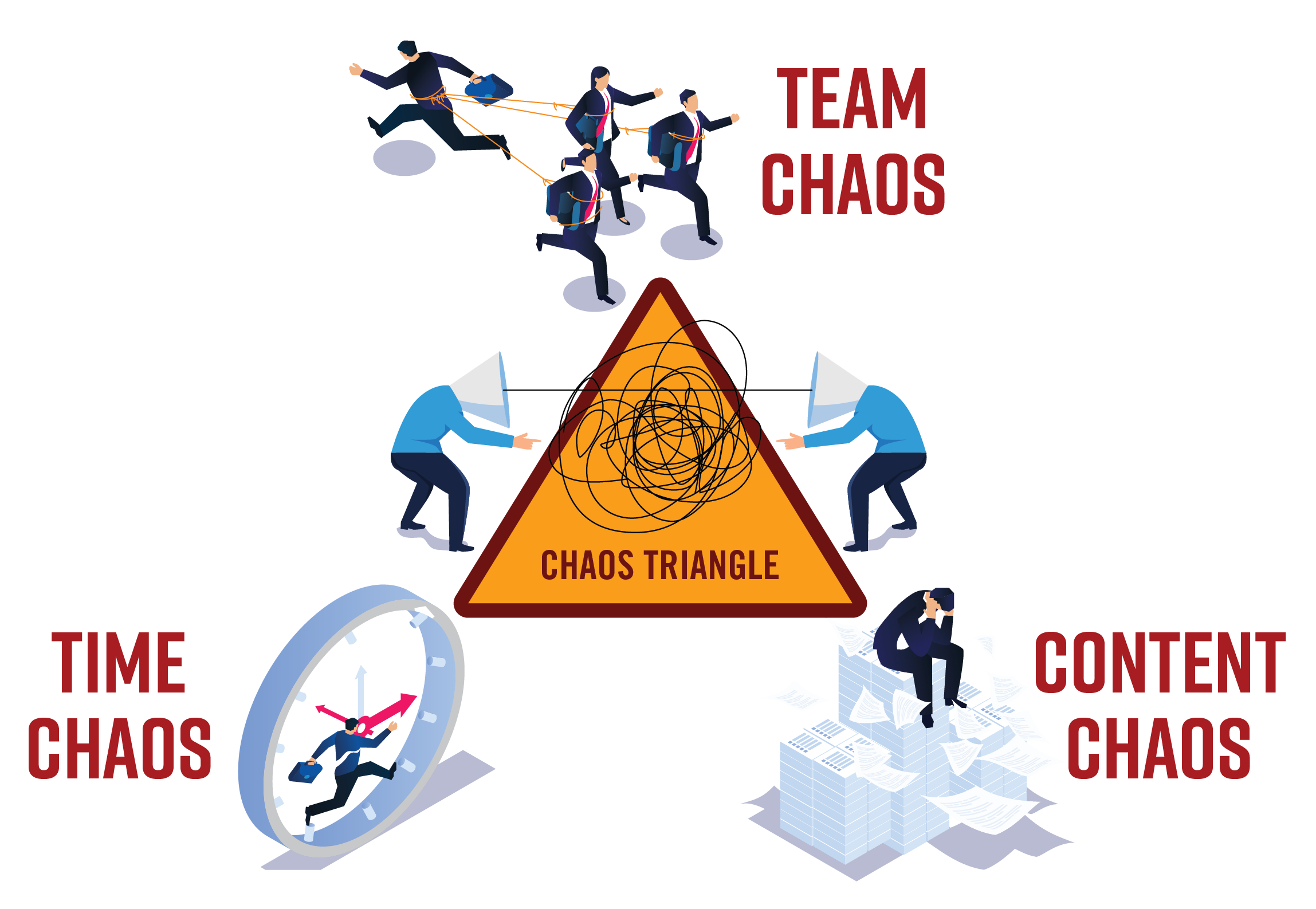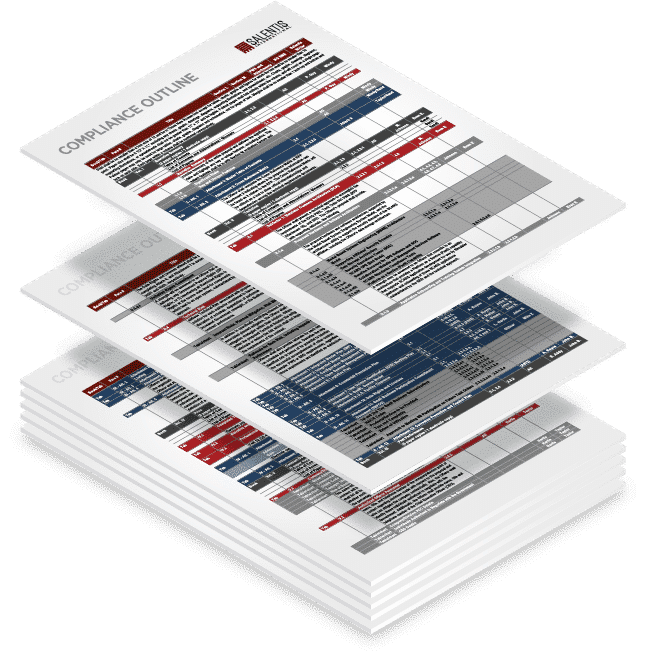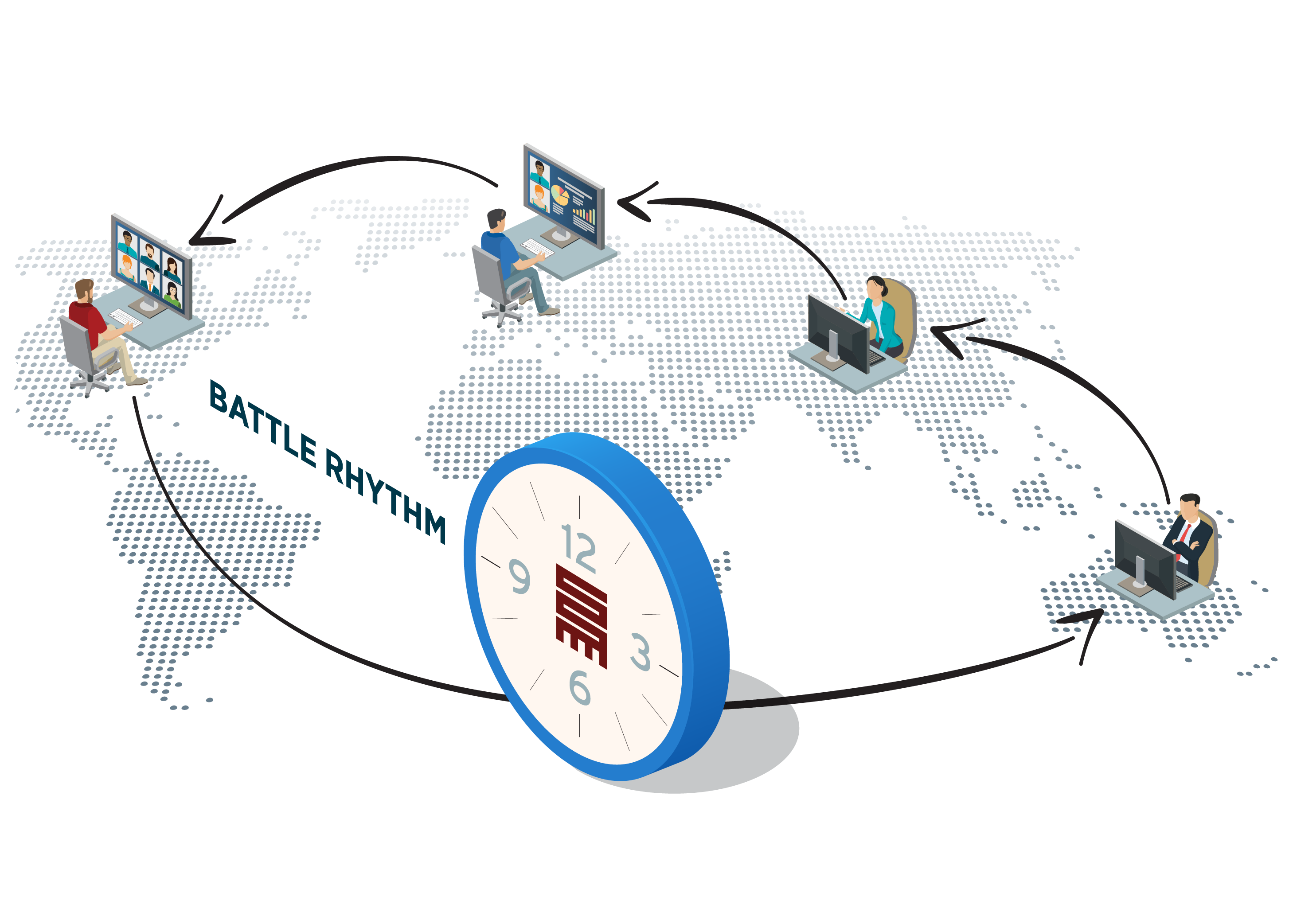How effective is your proposal process?

When proposals go wrong, it’s usually for one or more of the following reasons:
- Team Chaos
- Time Chaos
- Content Chaos
Just one issue can make it difficult for a bid team, but when there are multiple issues, the outcome is what we call the triangle of chaos.
This leads to the inevitable result of a rushed proposal, or one that isn’t compliant or as polished as you would want it to be, reducing your likelihood of a win.
Here are a few examples of how chaos can affect your proposals and the steps you can take to avoid issues.

Really complex and/or complicated solicitations
![]() A common issue with these solicitations is struggling to get the requirements systematically documented and reorganised into a logical response. Without developing a compliance outline, which forms your proposal response against the solicitation requirements, the proposal risks being non-compliant and could be rejected.
A common issue with these solicitations is struggling to get the requirements systematically documented and reorganised into a logical response. Without developing a compliance outline, which forms your proposal response against the solicitation requirements, the proposal risks being non-compliant and could be rejected.
Actions you can take:
- Set up the proposal for success through pre-kick-off preparation
- Build a logical and compelling story within the structure of the requirements
- Align thinking with an early kick-off workshop with the whole team

Lack of collaboration
![]() With many teammates working remotely, lack of coordination can lead to poor collaboration. This can result in miscommunication, misunderstandings or delays in achieving a cohesive message that can really set you back.
With many teammates working remotely, lack of coordination can lead to poor collaboration. This can result in miscommunication, misunderstandings or delays in achieving a cohesive message that can really set you back.
Actions you can take:
- Stay on track by establishing a weekly battle rhythm of meetings
- Meet regularly online, and if possible, have in-person meetings at key points in the process
- Make use of digital collaboration tools to share quick updates / questions and build good team rapport

Short timescales
![]() With tight deadlines, critical steps in the process get skipped and there’s often a last-minute dash to try and rectify inconsistencies. This creates opportunities for error and introduces content that never gets reviewed resulting in a proposal that risks non-compliance and is rejected.
With tight deadlines, critical steps in the process get skipped and there’s often a last-minute dash to try and rectify inconsistencies. This creates opportunities for error and introduces content that never gets reviewed resulting in a proposal that risks non-compliance and is rejected.
Actions you can take:
- Adapt your proposal development process when there are shorter turnaround times
- Don’t shortcut the planning phase to avoid running out of time
- Proposal experts can be dedicated resources for your proposal – hire an expert!

Difficulty making a compelling case succinctly
![]() Many proposals use internal jargon which the evaluator will not understand. Combined with wordy passages that don’t answer the requirements and visuals that don’t add to the story results in a proposal that is insufficiently clear for the evaluators to assess.
Many proposals use internal jargon which the evaluator will not understand. Combined with wordy passages that don’t answer the requirements and visuals that don’t add to the story results in a proposal that is insufficiently clear for the evaluators to assess.
Actions you can take:
- Focus on making it easier to read for an evaluator
- Increase quality with independent external reviewers
- Reduce the word count and increase impact with relevant and compelling visuals

Ownership tennis
![]() There can be ownership tennis resulting in rewrites, repetition, or conflict between sections and a lack of cohesive messaging. Unplanned interventions after the Red Team Review, typically by senior executives who haven’t engaged in the process up to that point, may significantly reduce the opportunity to test and adjust coherence between Red Team and Gold Team. All of this results in reduced quality.
There can be ownership tennis resulting in rewrites, repetition, or conflict between sections and a lack of cohesive messaging. Unplanned interventions after the Red Team Review, typically by senior executives who haven’t engaged in the process up to that point, may significantly reduce the opportunity to test and adjust coherence between Red Team and Gold Team. All of this results in reduced quality.
Actions you can take:
- Involve leadership in early workshops and periodic reviews to prevent surprises and domino-effect changes in the final stages
- Plan writing assignments carefully making use of technical writers with access to solution architects who are the ultimate authority on the topic within your organization
- Maintain a Conventions List to keep word usage and metrics consistent from the outset

Poor time management
![]() Without organisation and a good structure, it’s very easy to lose control of the proposal, with information arriving last minute and everyone rushing to meet deadlines. Frenetic periods followed by downtime during reviews and then long hours to play catch up leaves everyone frazzled and exhausted. That introduces risk and error. All-nighters are not a badge of honour!
Without organisation and a good structure, it’s very easy to lose control of the proposal, with information arriving last minute and everyone rushing to meet deadlines. Frenetic periods followed by downtime during reviews and then long hours to play catch up leaves everyone frazzled and exhausted. That introduces risk and error. All-nighters are not a badge of honour!
Actions you can take:
- Plan, plan, plan! Our systematic approach results in a flatter workflow and schedule
- Have a clear roadmap and schedule of activities to include activity duration
- Monitor progress with tight proposal management to highlight areas that are slipping and prevent delays

Varied writing styles
![]() The absence of coherent messaging can result in a less-than-professional proposal that lacks cohesion and makes it difficult for the evaluator to read.
The absence of coherent messaging can result in a less-than-professional proposal that lacks cohesion and makes it difficult for the evaluator to read.
Actions you can take:
- Develop a style guide and use it so everyone works against the same editorial and design guidelines
- Create a proposal-related Conventions List early in the project
- Have writers review each other’s sections to check for consistency

Overworked staff juggling day jobs while also developing a proposal
![]() Team members try to juggle their workload and typically leave proposal writing to the last minute which they then do on the weekends or by pulling all-nighters just before the deadline. This results in staff burnout and a less-than-professional proposal that lacks cohesion.
Team members try to juggle their workload and typically leave proposal writing to the last minute which they then do on the weekends or by pulling all-nighters just before the deadline. This results in staff burnout and a less-than-professional proposal that lacks cohesion.
Actions you can take:
- Prioritise the strategic contracts and only bid on those
- Free up overcommitted resources by using outsourced proposal experts
- Use internal SMEs to give focused guidance to full-time writers
Join our team! We are always looking for talented experts to join the Salentis team worldwide.